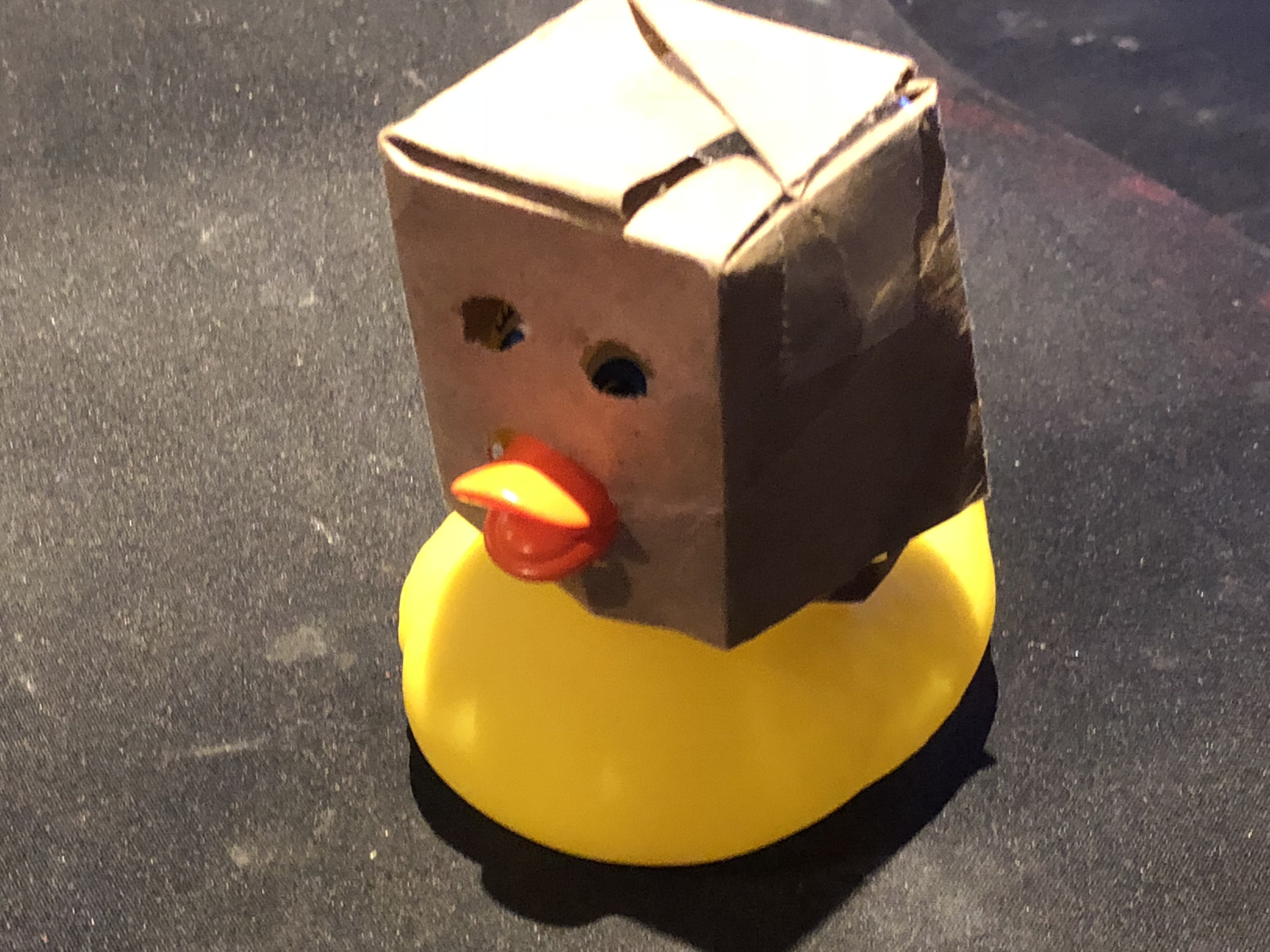The fire alarm system at my house is handled entirely by our property manager as it is semi-attached housing, so we have a centralised fire panel for all the houses. We only have two hockey puck shaped sensors on the ceiling of our house, one on each floor, and that’s it in terms of safety sensors. We have gas fired appliances and people in my family and the neighbours I’ve talked to all seem to assume that they are combo detectors that do smoke, CO and natural gas all in one, but I’m honestly really skeptical. Looking at the outside of the detector it has no text or markings that suggest it does anything other than smoke (though I haven’t taken it off the ceiling and looked at the actual label yet since we technically don’t own it), and looking online the actual confirmed three in one detectors all look quite different from ours with more indicator lights to tell you what’s been detected. I have also watched the fire monitoring company test the detectors, and all they do is aim one spray can at it to trigger it, when in my mind shouldn’t they test it three times, one for each function? Starting to get really worried that we only have smoke detection despite having gas appliances, so I want to test it myself. If it really doesn’t detect the other two I plan to buy separate detectors (and also alert my neighbours/write to the strata council), but if it does then it would be a waste so I want to be sure.
Is there an easy way for me to independently test the CO and gas detection functionality of a combo detector at home? I’m certain we have smoke detection (because it’s gone off due to smoke) so no need to test that. I want to exclude smoke from my testing so it doesn’t give me a false sense of security for the other two, but I obviously also don’t want to release unsafe amounts of CO or natural gas in my own house. Does anyone know of any effective methods to see what kind of hazard detection our house actually has?
Those are almost certainly wired to a central alarm panel that will trigger alarms throughout the building if you test them yourself.
Talk to your property manager about your concerns. It’s their responsibility to maintain and test yearly.
This is also true. I definitely would have more peace of mind with a FACP building than one with ad-hoc detectors. Just have to make sure the FACP actually has gas and CO detectors provisioned.
You can always buy/add your own detectors if you’re really worried about it.
I used to calibrate industrial gas detectors. They generally have an active air sampling path with a pump and a sensor in the gas flow path, and we would calibrate them by flooding the sensor chamber with a test gas at a known concentration. For the type of sensor you have none of those conditions exist (no controlled gas flow path and no pump) so there is essentially no way you can accurately test their response. You essentially have to trust the manufacturer to have made a good product. The one thing you can do is look for an install date and (hopefully) an expiration date, if you can inspect the back of the detector without setting off any central alarm system. If you really don’t trust the owner’s sensors, you can always buy and use your own. Just make sure you place them carefully according to the manufacturer’s instructions.
Also, your detectors are probably combo smoke/CO, but not natural gas. You would smell the odorant in the gas long before the concentration becomes dangerous so a detector would be redundant.
Good point, I am not certain I have ever seen three way (smoke/CO/gas) combo detectors widely available. Usually they are two-way.
Honestly just buy your own detectors. Then you are double protected.
Working parallel to that industry, those likely are just smoke detectors. CO2 typically you want low down close to the floor. I any seen gas detectors in motorhomes but also been low to the floor.
I don’t know what the building codes / rules are where you live, but where I live (in the US), there is supposed to be a smoke detector in every bedroom. Newer code also requires them to be hardwired so 1) no batteries to change and 2) if one goes off, they all go off.
I put kiddie z-wave enabled smoke/CO detectors throughout the house, including one in every bedroom. They are linked into a monitored alarm system (abode), but that is mainly for keeping track of things when we are not at the house, and I m going to eventually switch to home assistant.
Since the main ones are already wired in, you could probably add at least the dumb smoke and CO detectors to every room for extra peace of mind.
I’m not sure where you are but in MN we had to install battery powered cheapos instead of the hardwired (and much better) smoke detectors.
But I’m guessing these are old commercial systems and should be updated to modern building code.
OP could always ask their local Fire Department/Marshal. These kinds of inspections are part of their job (and they won’t necessarily fuck anyone with code violations…)
Smoke? Burn something. Gas? Hold an unignited lighter up to it. CO? Burn something in a low oxygen environment next to it :)
This stuff is important, take it from someone who had headaches for months before concentrations tripped a CO alarm and I found a blocked flue. CO detectors should be trustworthy, they just don’t trip below 100ppm@90 minutes. Just make sure to replace them every 10 years. You can get a separate CO alarm from Kidde that will read out concentrations below trip point, or you can splurge for various CO sensors available. I recall seeing some Z-Wave ones that test for various indoor pollutants.




